Decorating your home with beautiful and functional pieces is part of the joy of interior design. Amongst the many options for home furnishings, rugs, and flooring are two elements that significantly influence the look and feel of a space. Polypropylene rugs and vinyl plank flooring are widely favored for their exceptional durability and cost-effectiveness. These options provide a perfect blend of longevity and affordability, making them a popular choice for many. However, the question often arises: “Can I use polypropylene rugs on vinyl plank floors?” This guide aims to provide comprehensive insights into this topic, ensuring you make informed decisions when decorating your home.
Vinyl plank flooring: Unveiling the Essence
Vinyl plank flooring is a flooring option crafted to replicate the timeless beauty of hardwood. Made from PVC (Polyvinyl Chloride), this flooring option stands out for its resilience and adaptability. Its structure, consisting of several layers, contributes to its robustness and longevity. Typically, the layers consist of a wear layer, a vinyl core, and a backing layer. These layers offer excellent protection against scratches and dents, guaranteeing long-lasting durability while preserving the surface’s flawless appearance, while the vinyl core provides stability. The backing layer, on the other hand, serves as a cushion, making the flooring comfortable to walk on. The design layer mimics the look of hardwood, offering various styles, textures, and finishes to choose from. When it comes to maintenance, vinyl plank flooring is exceptionally convenient. It simply needs regular sweeping and occasional mopping, making it a hassle-free choice. Its ability to resist water makes it a perfect option for areas that are susceptible to spills or moisture, like kitchens and bathrooms.

Are Polypropylene Rugs Suitable for Vinyl Plank Flooring?
Polypropylene rugs are an excellent option for vinyl plank flooring, as they generally do not pose any risk of causing damage.
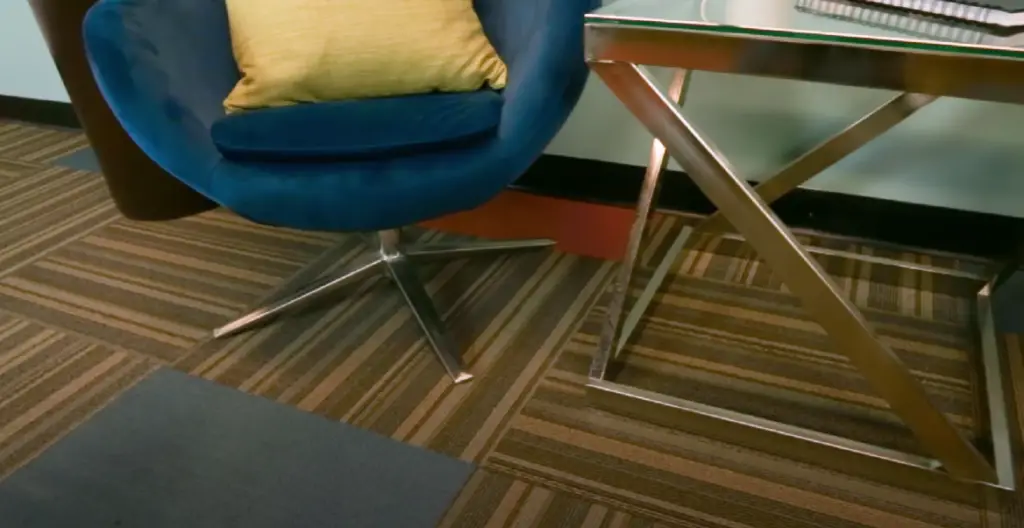
Since these rugs are lightweight, they do not typically cause scratches or stains on the floor. However, they may still have some potential to cause discoloration over time due to their rubber or latex backing. Therefore, it is recommended to use them in conjunction with a quality rug pad. By using this method, you can effectively prevent the rug from slipping while also providing an extra layer of protection for your vinyl flooring. It is also essential to rotate the rug occasionally to evenly distribute any potential discoloration. To ensure safety and prevent potential harm or damage, it is crucial to adhere to the care instructions provided by the manufacturer when cleaning.[2]
Is it possible for rugs to cause scratches on vinyl floors?
The backing of some rugs may contain rough materials that, when in contact with vinyl flooring, can lead to small scratches and scuffs over time. This is especially true for heavier rugs or those with a jute or rubber backing, which can be harsh on the floor.

Furthermore, using a quality rug pad can provide an additional layer of protection, reducing the risk of scratches and other types of wear and tear.
Which rug types are suitable for vinyl flooring?
When selecting rugs for vinyl flooring, several options are particularly compatible due to their non-abrasive nature and gentle backing materials. Cotton area rugs, for instance, are lightweight and often reversible, making them a versatile choice that minimizes the risk of damage to the flooring.
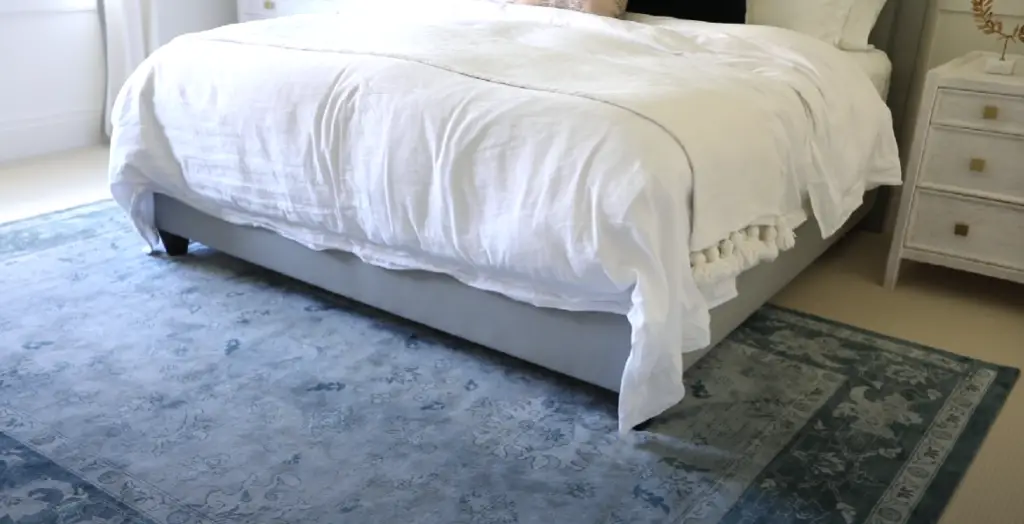
Additionally, nylon rugs are also a popular choice due to their excellent durability and resistance to wear and tear. They often come with softer backings that are less likely to cause scratches or scuffs. If choosing a polypropylene rug, remember to use a quality rug pad underneath to prevent any potential discoloration or scratches from the rug’s backing. Oriental or Persian rugs can also be used, provided they have a soft backing or are used with a rug pad. To ensure the safety of your vinyl flooring, it’s important to always check the backing material of the rug and refer to the manufacturer’s care instructions. By doing so, you can be confident that it is suitable for use without any potential damage or issues. To safeguard the quality and durability of your vinyl floors, it is advisable to regularly clean, rotate, and utilize rug pads, irrespective of the type of rug used.[4]
Pros and Cons of Vinyl Floors
Vinyl flooring presents various benefits that render it an appealing choice for numerous homeowners. Vinyl floors are renowned for their exceptional durability above all else and resilience. Their ability to endure heavy foot traffic and resist staining, scratching, and denting makes them a superb option for high-traffic areas within the home.
This feature makes it suitable for use in rooms that are exposed to moisture. Vinyl flooring also scores high on comfort. The backing layer provides a cushioned surface that makes it comfortable to walk on, even for extended periods. Moreover, this type of flooring is available in a variety of designs and styles, allowing homeowners to choose a look that best suits their aesthetic preferences.
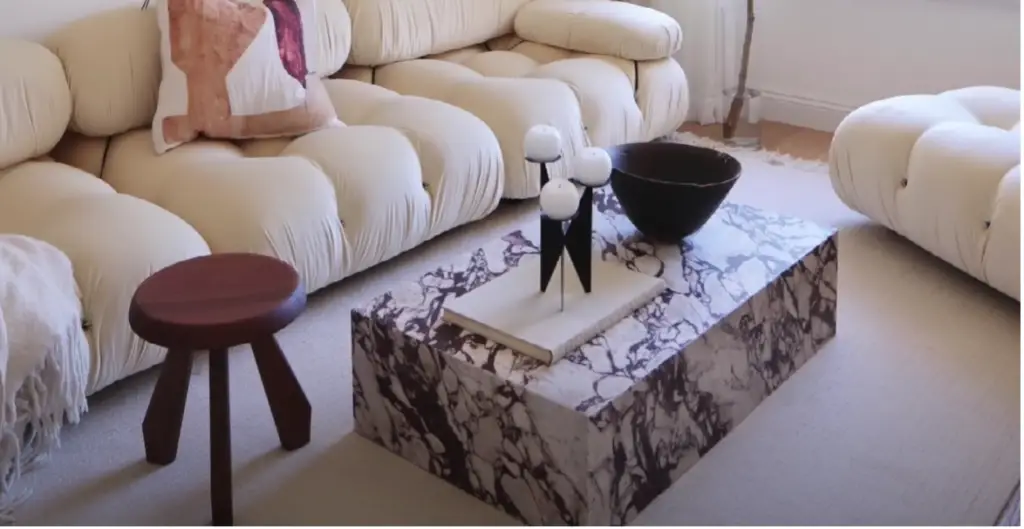
However, vinyl flooring comes with its own set of drawbacks. One of the major concerns is that it’s not as eco-friendly as other flooring options. Vinyl floors are made from non-renewable petroleum products, which raises environmental concerns. Moreover, although they are durable, sharp objects can damage them. This means that homeowners need to be cautious about moving furniture or dropping heavy objects on the floor. Vinyl flooring can also fade when exposed to direct sunlight for prolonged periods, which can limit its use in sunlit rooms. Lastly, the installation of vinyl flooring requires a smooth and level substrate; any imperfections in the subfloor can show through over time. All these factors should be taken into consideration before opting for vinyl floors. [2]
In conclusion, polypropylene rugs can be used on vinyl plank flooring provided they have a soft backing material and are used in conjunction with a rug pad or protective layer. It is important to check the manufacturer’s instructions for proper use and care of the rug to ensure that it does not damage the vinyl flooring in any way. While vinyl floors have numerous advantages, they do come with some potential drawbacks that must be taken into account before installation. When selecting rugs for use on a vinyl floor, it is important to look for lightweight options with soft backings and to regularly clean under them to prevent dirt and debris from causing scratches or scuffs.
What are some other options for rugs on vinyl floors instead of using polypropylene?
Apart from polypropylene, several other types of rugs can be safely used on vinyl flooring without causing damage.
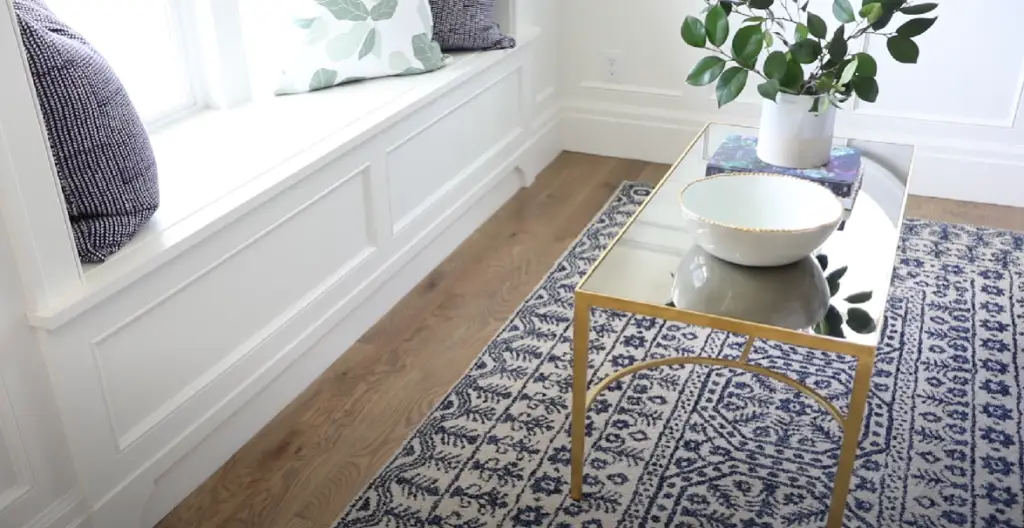
Cotton Rugs: Typically soft and lightweight, cotton rugs are an excellent choice. They’re easy to clean and usually machine washable, making them ideal for high-traffic areas.
Wool Rugs: Known for their durability and softness, wool rugs can be a good option. However, they must be used with a rug pad to prevent any potential scratching from the rug’s underside.
Bamboo Rugs: These rugs are known for their durability and natural aesthetic. They are typically backed with felt or other soft material, making them safe for vinyl floors.
Nylon Rugs: Nylon rugs are tough, stain-resistant, and come in a variety of colors. They often have a soft backing which is less likely to scratch the floor.
Viscose Rugs: While these rugs aren’t as durable as some of the other options, they are incredibly soft and can add a luxurious feel to any room.
Remember, no matter the type of rug you choose, using a quality rug pad is always recommended to protect your vinyl floors from potential damage.
Always check the rug’s backing material and follow the manufacturer’s care instructions to ensure its compatibility with your vinyl flooring.[1]
FAQ
What are the factors that can cause damage to vinyl flooring?
Several factors could potentially cause damage to vinyl flooring. Heavy objects: The weight of bulky furniture can pose a significant challenge or appliances can cause indentations or scratches on the vinyl floor surface. Sharp objects: Sharp objects such as knives or scissors, if dropped, can cause cuts or scratches. High heels and pet claws: Both can potentially scratch or puncture the floor surface if not properly trimmed. Sunlight: Prolonged exposure to direct sunlight can cause fading over time. Chemicals: Using harsh cleaning agents or chemicals can strip off the finish and damage the floor. Improper Installation: If the vinyl floor is not installed correctly, it could lead to peeling, lifting, or buckling. Always remember to lift rather than drag heavy items, trim your pet’s nails regularly, use curtains or blinds to limit sun exposure, and use only manufacturer-recommended cleaning products to maintain the longevity of your vinyl floors.
Can rubber-backed rugs be safely placed on vinyl floors?
Rubber-backed rugs have long been a popular choice due to their non-slip capabilities. However, when it comes to vinyl floors, caution should be exercised. Certain rugs with rubber backing can lead to discoloration due to a chemical reaction between the rubber and vinyl. Over time, this could lead to unsightly yellow or orange stains that are difficult to remove. As a general recommendation, it is advisable to avoid placing rugs with rubber backing on vinyl floors. When utilizing a rug with a rubber backing, it is advisable to choose rugs that are specifically labeled as ‘vinyl safe’ or regularly lift and move the rug to avoid any potential staining. This precaution will help maintain the quality and appearance of your floors. Always remember, using a quality rug pad can help alleviate these potential issues and provide an additional layer of protection for your vinyl floors.[3]
Is it necessary to use a rug pad when placing rugs on vinyl floors?
Using a rug pad is highly recommended when placing a rug on vinyl flooring. This not only safeguards the surface from scratches and damage but also ensures its long-lasting durability. Investing in a high-quality rug pad is essential for both practicality and comfort. Not only does it keep the rug securely in place, but it also offers cushioning to alleviate pressure on the floor. By choosing a reliable rug pad, you can ensure stability while enhancing the overall experience of your place. Investing in a high-quality rug pad is crucial to ensure safety that fits properly underneath your rug and won’t slip or move around when walked on. Additionally, regularly cleaning underneath rugs is crucial to prevent dirt and debris from scratching the surface of your vinyl floor. This simple practice helps ensure the longevity and pristine appearance of your flooring.
Overall, a rug pad is an essential component for keeping your vinyl flooring free from damage and extends the life of your rugs. It’s worth investing in one that is of high-quality to ensure maximum protection and comfort.
How can you effectively care for polypropylene rugs on vinyl floors?
Caring for polypropylene rugs on vinyl floors requires a few specific steps to ensure both the rug and the floor remain in good condition. First, regular vacuuming is essential to prevent any buildup of dirt and debris that could scratch the vinyl floor when trapped under the rug. Use a vacuum with a gentle brush roll setting to prevent damage to the rug’s fibers. Second, address any spills immediately to prevent them from seeping through the rug and staining the floor. Blot, don’t rub, to clean spills, and avoid scrubbing with harsh detergents that may discolor the rug or damage the vinyl. Third, rotate the rug occasionally to prevent continuous exposure of the same spot to traffic or sunlight, both of which can lead to discoloration. If you use a rug pad (which is recommended), make sure it is cleaned regularly as well. Finally, always follow the care instructions from the rug and flooring manufacturer.[5]
Can vinyl plank flooring be safely cleaned using a steam mop?
Using a steam mop on vinyl plank flooring is generally not recommended. The intense heat and moisture generated by a steam mop can damage the adhesive bond that holds the planks together, potentially causing warping, peeling, or lifting. Moreover, intense heat can also cause discoloration or fading of the vinyl. If you need to remove stubborn dirt or stains, it’s best to use a damp mop or cloth with warm water and a mild detergent, avoiding abrasive cleaners or harsh chemicals that can strip off the finish and damage the vinyl. Always follow cleaning and maintenance recommendations to preserve the longevity and appearance of your vinyl plank flooring.
What advantages does vinyl plank flooring offer?
Vinyl plank flooring offers several distinct advantages that make it a popular choice for homeowners. First and foremost, it is highly durable and resistant to dents, scratches, and stains, making it perfect for high-traffic areas and households with pets or children. Thanks to its water-resistant properties, it is also an excellent choice for moisture-prone areas like bathrooms or kitchens. Secondly, vinyl plank flooring comes in a wide array of designs and patterns, including realistic wood and stone effects, allowing you to create the look you desire without the expense of natural materials. Thirdly, it offers an excellent price-performance ratio, being highly cost-effective in comparison to numerous other flooring options while still offering a high-quality look and feel. Additionally, vinyl flooring is relatively easy to install, often coming in a click-lock design that homeowners can install themselves. Lastly, it’s easier to clean and maintain compared to many other types of flooring, requiring only occasional sweeping and mopping to keep it looking its best.[6]
What can ruin vinyl flooring?
There are several factors that can cause damage to vinyl flooring. Sharp or heavy objects can scratch or dent the surface, diminishing its appearance. Intense direct sunlight can cause the color to fade, while high temperatures can lead to warping or buckling. Long-term exposure to water can seep into the seams and cause the adhesive to loosen, leading to lifting or curling. Chemicals in certain cleaning products can also deteriorate the finish or cause discoloration. Rubber-backed mats or rugs can cause yellow or orange stains due to a chemical reaction with the vinyl. Moreover, using a steam mop or any cleaning device that uses excessive heat can damage the adhesive holding the planks together, leading to peeling or lifting. It’s crucial to follow the manufacturer’s instructions for care and maintenance to preserve the longevity and aesthetics of your vinyl flooring.
What is the level of safety associated with polypropylene rugs?
Polypropylene rugs are safe for use in various environments, including homes with children and pets. These rugs are made from a synthetic material that is non-toxic and hypoallergenic, reducing the risk of allergic reactions or irritation. Additionally, they have a reputation for being highly durable and resistant to stains, which makes them a great choice for high-traffic areas. However, like all synthetic materials, polypropylene rugs can emit volatile organic compounds (VOCs) at low levels, especially when new. These emissions usually dissipate over time, particularly with proper ventilation. On the upside, polypropylene rugs meet rigorous safety standards and are typically manufactured to be fire-resistant. Therefore, when cared for properly, these rugs can be a safe and practical addition to your home decor.
Is it important to rotate polypropylene rugs?
Yes, rotating your polypropylene rug regularly is essential for preserving its longevity and appearance. Leaving the same area exposed to foot traffic or direct sunlight for an extended period can cause discoloration or fading. To prevent this, make sure to move the rug around periodically so that different sections are exposed over time. Additionally, if you use a rug pad, clean and rotate it regularly to ensure even wear. Proper care and maintenance of your polypropylene rug will help extend its life and keep it looking great for years to come. [1]
What types of cleaning solutions should be used on polypropylene rugs?
The best cleaning solution for polypropylene rugs is a mild detergent mixed with lukewarm water. Avoid abrasive cleaners, bleaches, and harsh chemicals as these may damage or discolor the rug’s fibers. When spills occur, always blot rather than rub to prevent staining. Also, be sure to address any spills immediately to avoid them seeping through the rug and into the floor underneath. For tougher stains, you can use a carpet spot cleaner according to the instructions on the label. Once again, always keep in mind that it is best to follow the manufacturer’s care instructions for optimal cleaning results.
Useful Video: Which Rug Pads are Safe For My Floors
Conclusion
In conclusion, while vinyl plank flooring offers numerous benefits including durability, versatility, ease of installation, and easy maintenance, it’s important to take proper precautions when using rugs on this type of flooring. Rubber-backed rugs can damage the vinyl surface, so it’s advised to use rugs with natural latex or vinyl backing or to use a quality rug pad. Polypropylene rugs can be used, but they require regular care and cleaning to avoid damaging the floor. Always remember to follow the manufacturer’s instructions to maintain the longevity and appearance of flooring and rugs over time. It’s clear that with the right care and attention, your vinyl plank flooring can continue looking great even with the use of rugs.
Finally, it’s important to note that while steam mops are a great tool for cleaning and sanitizing many types of flooring, they should not be used on vinyl plank flooring due to the risk of warping, peeling, lifting, or discoloration. The best way to clean your vinyl plank floor is by using a mild detergent in warm water and a damp mop or cloth to protect the surface from damage. With proper care and maintenance, your vinyl plank floor will remain in great condition for years to come.
References:
- https://www.thespruce.com/plank-vinyl-for-self-install-floor-covering-1821633
- https://floortheory.com/are-polypropylene-rugs-safe-for-vinyl-floors/
- https://www.leaffilter.com/blog/how-to-repairs/diy-crafts-projects/dos-and-donts-vinyl-flooring/
- https://www.clairoliviawayman.com/are-polypropylene-rugs-safe-for-vinyl-floors/
- https://iupilon.com/can-you-use-polypropylene-rugs-on-vinyl-plank-flooring/
- https://homeardent.com/can-you-put-rugs-on-vinyl-plank-flooring/





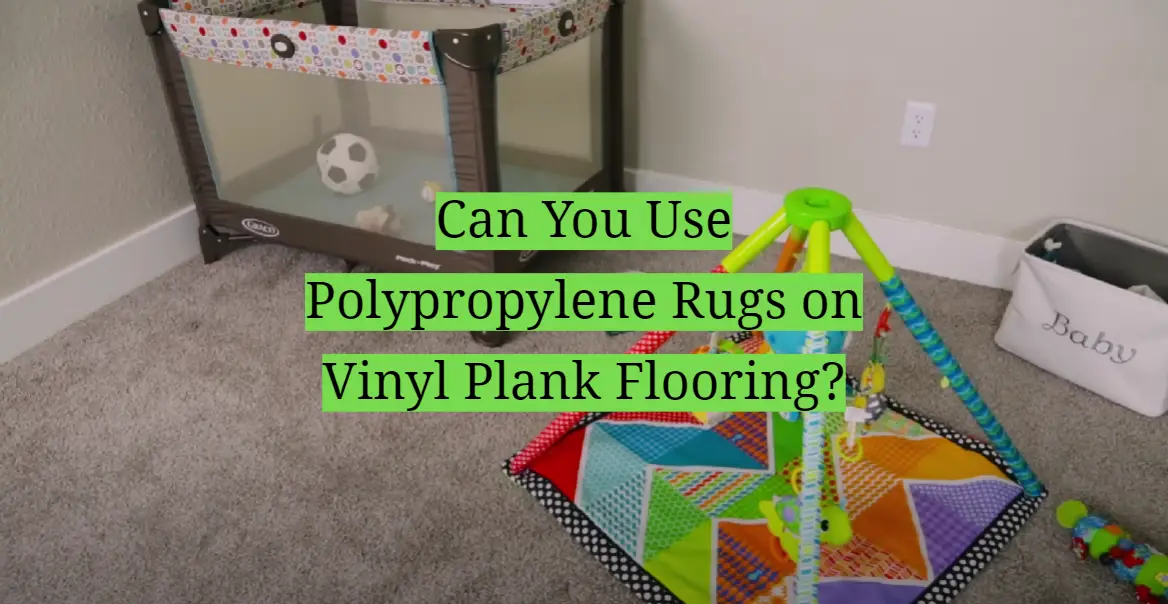


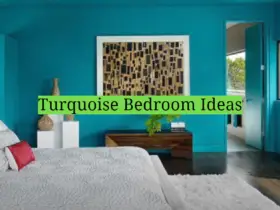

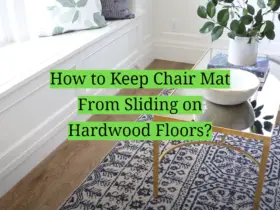
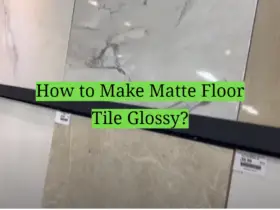


Leave a Reply